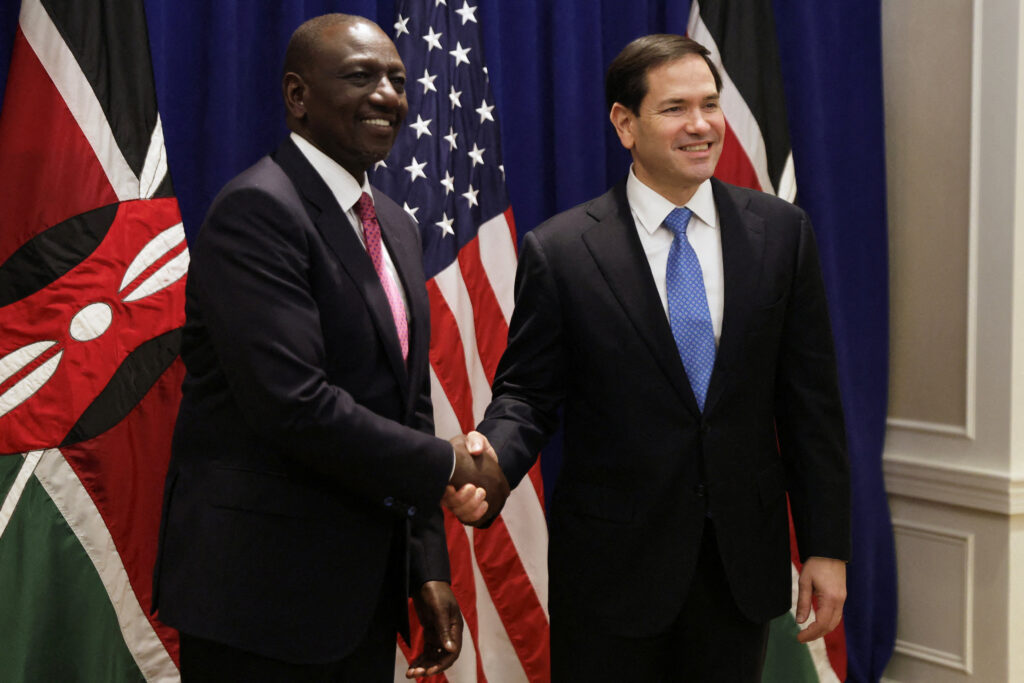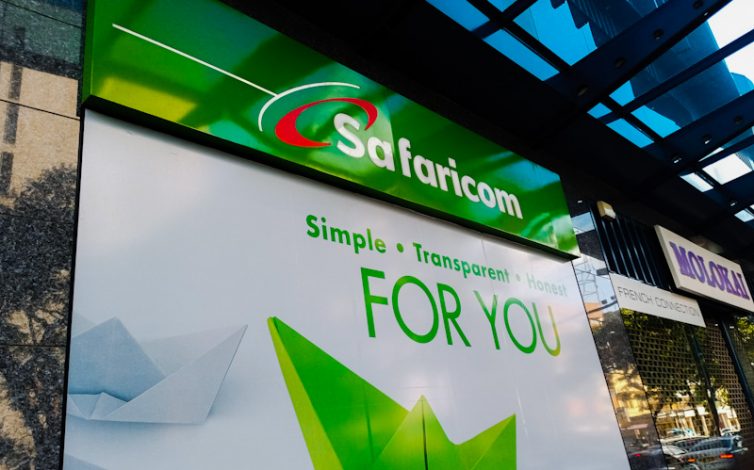
Kenya’s government plans to cut 2024-25 spending by 1.9% and widen the fiscal deficit to 3.6% of GDP in a revised budget, according to the treasury. This move comes weeks after tax hikes were rolled back due to mass protests.
President William Ruto recently fired almost his entire cabinet and pledged to form a broad-based government in response to protester demands. The public demonstrations, which started last month against the now-scrapped tax hikes, also called for Ruto’s resignation and major political reforms to address corruption and poor governance.
Earlier this month, Ruto proposed spending cuts and additional borrowing to cover a nearly $2.7 billion budget gap caused by the tax hike rollback.
When lawmakers return to parliament next week, they will need to debate and pass the supplementary budget, which was signed by Chris Kiptoo, principal treasury secretary, on July 11 and shared on the parliament’s website. The supplementary budget projects total spending at 3.87 trillion Kenyan shillings ($30 billion), down from 3.99 trillion shillings ($31 billion). Recurrent expenditure is expected to fall by 2.1%, and development expenditure will drop by 16.4%.
Despite the withdrawal of the tax-hike legislation, the energy regulator raised the road maintenance levy on Monday to 25 shillings per litre of fuel, up from 18 shillings.
Ruto, facing the worst crisis of his two-year presidency, is caught between the demands of lenders such as the International Monetary Fund (IMF) to cut deficits and a population struggling with the high cost of living. The IMF stated on Thursday it was assessing recent developments in Kenya and making necessary adjustments.




